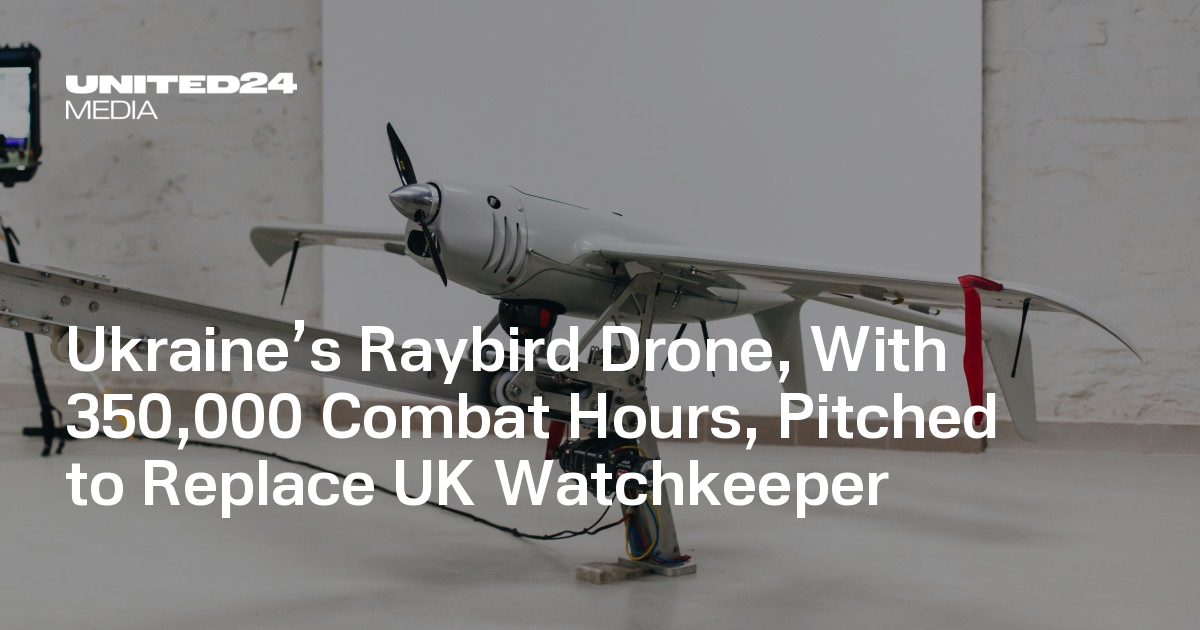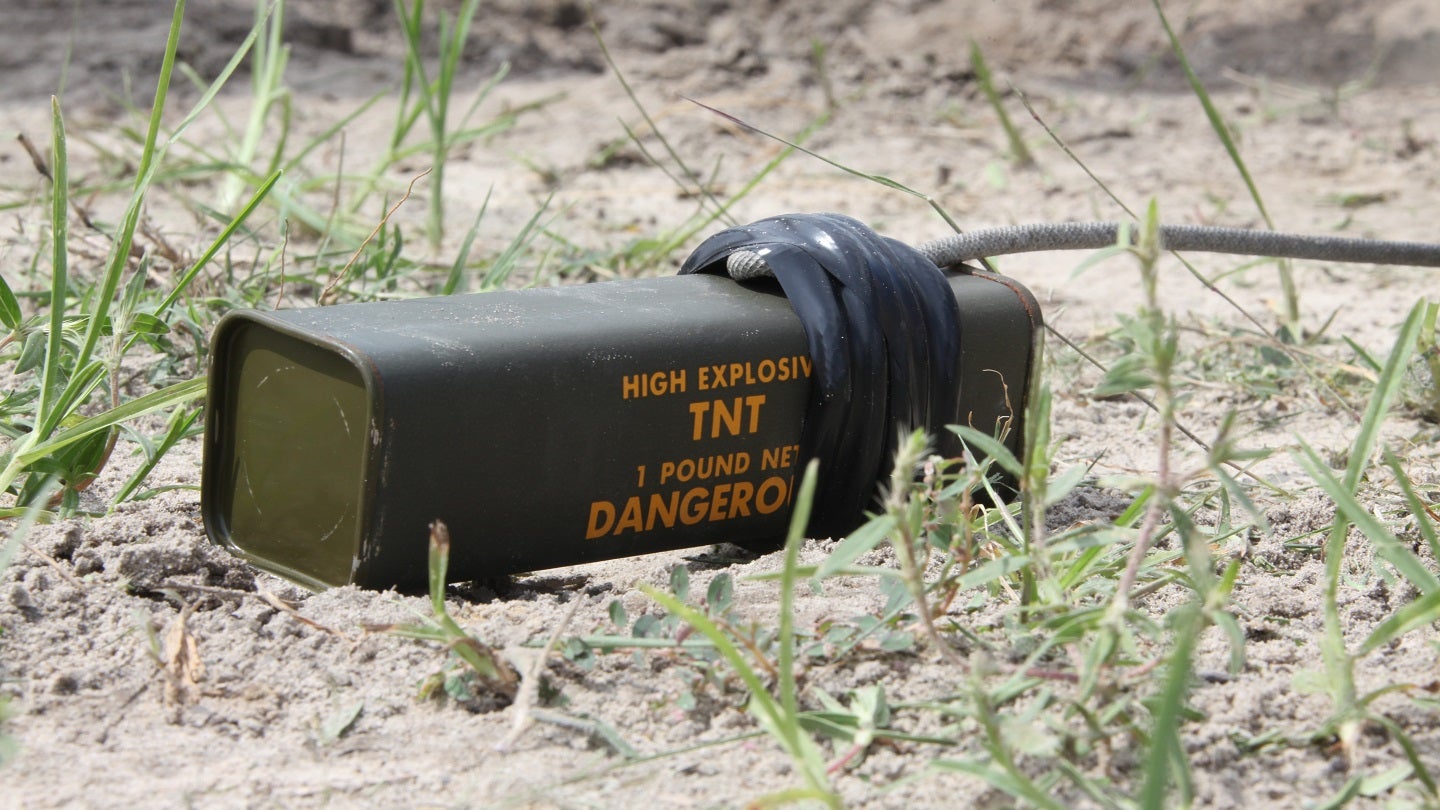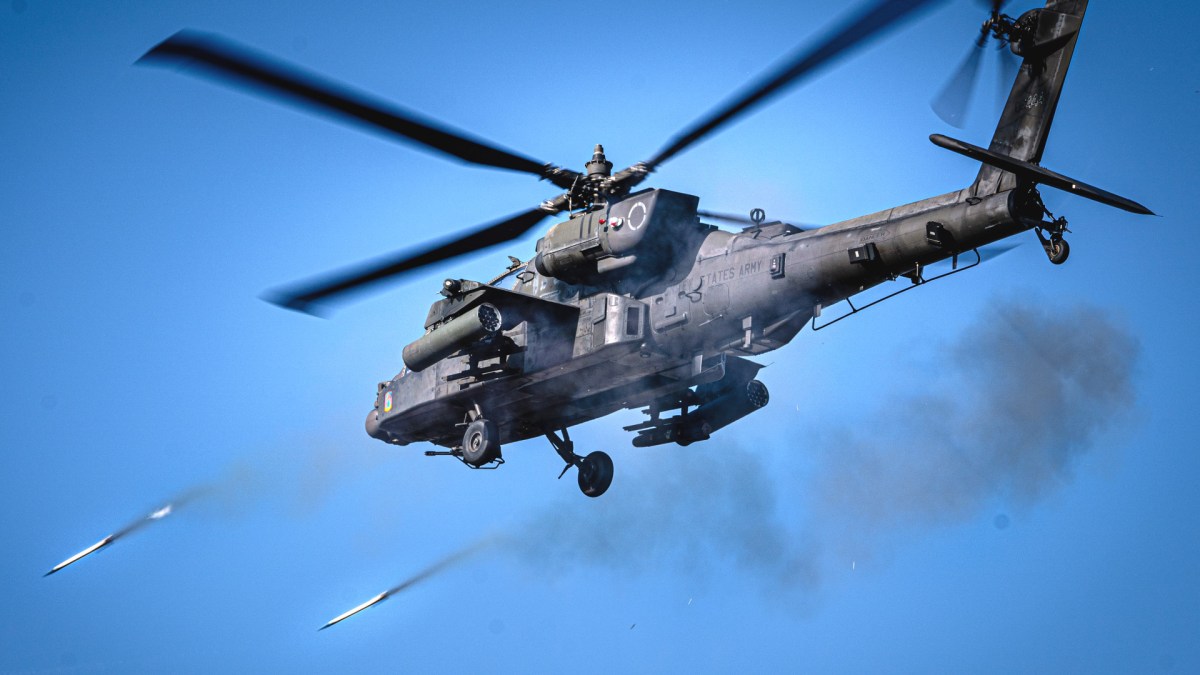- Reaction score
- 18,684
- Points
- 1,160
Ah. Okay. We're not talking about the line techs then.Your assertion that there's a lack of urgency. Those delivering on those projects are support occupations and civilians.
I appreciate that but unfortunately I think that's a home office view of the world.Their capacity has been ignored and reduced continually to protect Potemkin paper units.
The first issue is that the bureaucracy has so complicated and inflated the project review and approval processes that large staffs are needed to wade their way through things. Step one would be to simplify the processes or eliminate them altogether where not needed.
I tend to agree to an extent about Potemkin units. The question is: do you see them in the brigade and below field units or within Ottawa?
I've come to believe that "ad hoc" should be the motto of the CAF. I've now seen and heard of so many examples of the lower ranks having to make silk purses out of sows ears that should not have been unnecessary in the first place. We laud our ability to adapt to circumstances to the point where we don't critically question anymore why those circumstances existed in the first place. Again, I think those problems start at the top in home office and trickle down. There are simply too many agencies involved in any one event so that blame can be avoided or spread around.Traditionally, "a sense of urgency" is used as an excuse for "I wasted my time and yours, and now expect you to pull off miracles to make up for my lack of planning and preparation."
I don't envy you your job, but let's get back to the question. Is an eight year IOC acceptable for a job as simple as picking a weapon system where there are already multiple in-service choices available? Or are we once again trying to find the perfect solution that's always hiding elusively over the next horizon?








